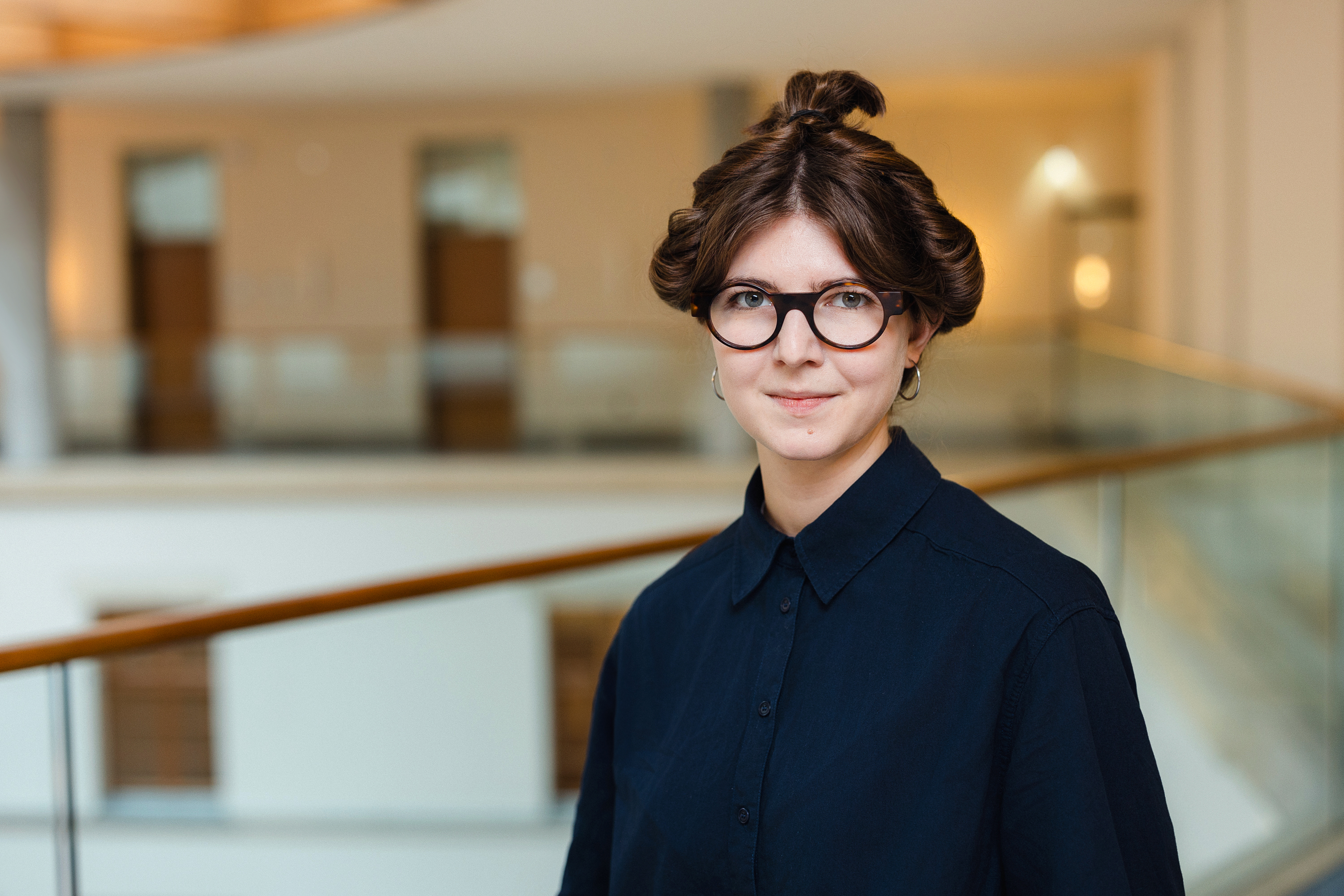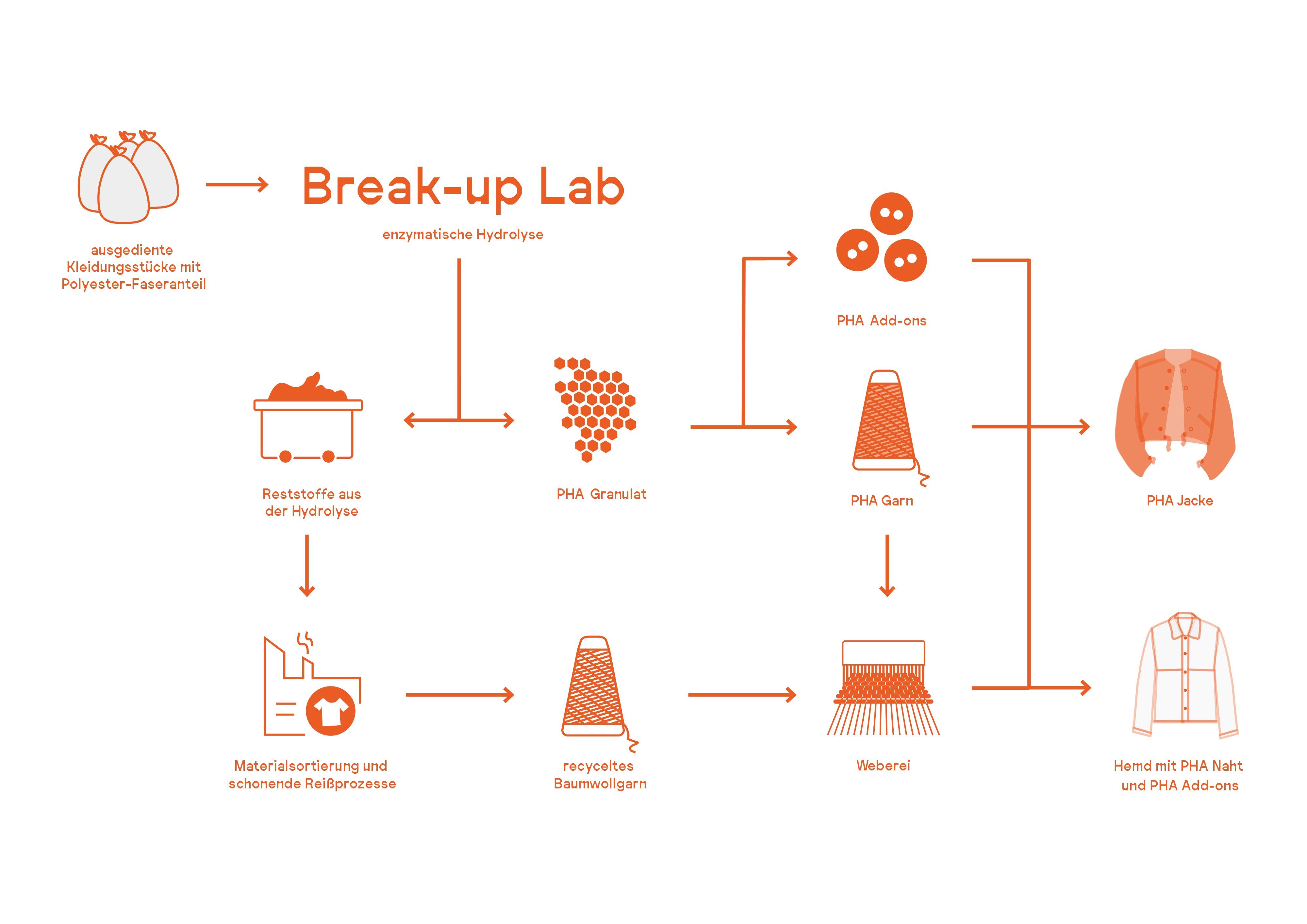»Reducing the diversity of materials at the design stage, developing innovative recycling processes to recover fibres from blended fabrics, promoting fibre-to-fibre recycling, collecting and pre-sorting used textiles using a digital code, and much more. Taken together, these steps represent a transparent, regional textile value chain. What more could you ask for in a circular economy?«
Siddharth Prakash

Sophia Reißenweber
Three questions for Sophia Reißenweber
How did the idea for "Break-up Lab" come about?
In the 18th century, rag pickers would collect bundles of old clothing and take them to paper mills. There, microorganisms in digestion tanks separated out the fibres, which would be used to make paper and cardboard. I first took inspiration from this historical process during a visit to the paper mill in Niederzwönitz, which is now a technical museum. I asked myself: What kinds of roles can microorganisms play in closing existing local cycles for used textiles?
What was your personal highlight in the development process for "Break-up Lab"? Was there a low point?
During the implementation of the project, the exchange and collaboration that I enjoyed with various colleagues in science and industry was particularly rewarding. One highlight was during a visit to a collection and sorting facility for used textiles near Halle. Another was injection melding the bioplastic buttons in the BURG workshop – that was a great time!
Where do you see your project in the next five years?
I am very keen to further develop the Break-up Lab in collaboration with research and industry, and to strengthen networking between the various stakeholders. In particular, I would like to continue working on the materials science side of things, and to really demonstrate its potential. Alongside, and in dialogue with policymakers, I envision us testing infrastructures for collecting used textiles and developing further proposals in this area.
